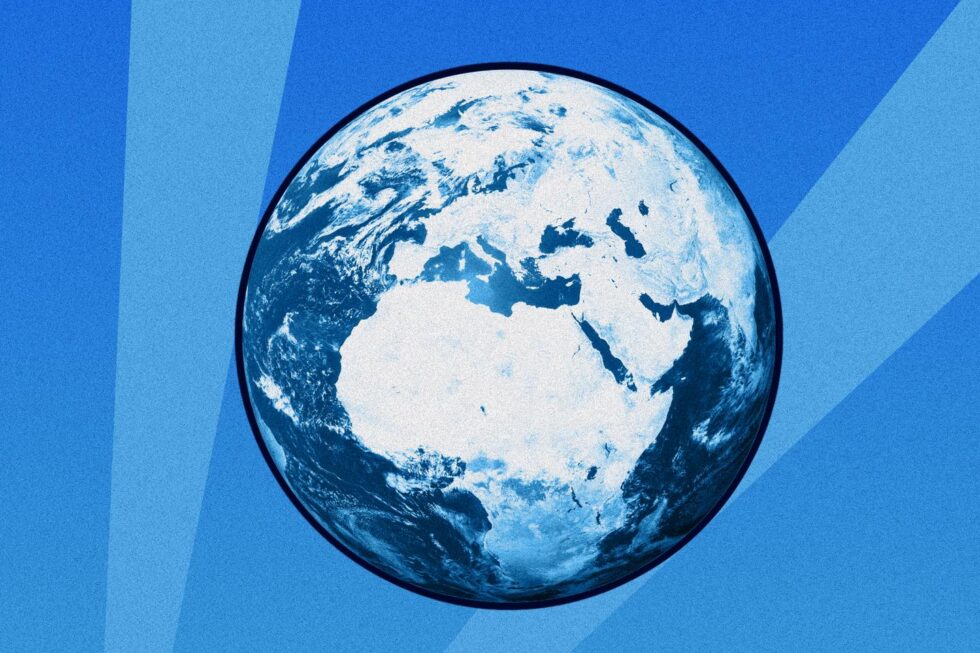
The fourth International Conference on Financing for Development is taking place from June 30 to July 3 in Seville, Spain, against a particularly bleak backdrop. The United States is not participating and will not sign the final resolution. Robert F. Kennedy Jr, the US secretary of health, has just announced that the country will no longer fund GAVI, the international vaccine alliance. Aid from Europe is also decreasing. Overall, aid flows are at their lowest since 2005, and the total pales in comparison to the billions that poor countries pay in interest on their debts.
At a time when the temptation, both in Europe and elsewhere, to abandon our collective responsibility is strong, it is more necessary than ever to reaffirm the importance of an international solidarity that combines dignity, ambition, and effectiveness.
Let us first set aside a common misconception: The world’s poorest countries are not bottomless pits, where every effort is doomed to failure. On the contrary, at a time when social progress has stagnated in wealthy countries, and life expectancy in the US has even declined in certain years, the progress made in the poorest countries over the past 30 years has been considerable.
According to the World Bank, the number of people living below the extreme poverty line fell from two billion in 1992 (38% of the world’s population) to 713 million in 2022 (8.5% of the global population). In sub-Saharan Africa, life expectancy at birth rose from 52 to 63 years between 2000 and 2023. In Malawi, one of the world’s poorest countries, 942 out of every 100,000 women died in childbirth in 2000; by 2016, that figure had dropped to 451.
The credit for this belongs first and foremost to the governments and populations of these countries. Yet development aid from wealthy countries has also played a significant role, reinforcing global public goods, overcoming crises, and rigorously testing and evaluating innovative approaches. This brings us to a second misconception that needs to be laid to rest: Development aid is not a waste of public money.
You have 65.27% of this article left to read. The rest is for subscribers only.








